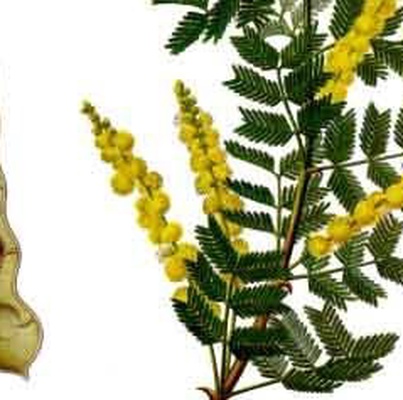Sap is a fluid found in the vascular system of trees and other plants, consisting primarily of water, nutrients, and various organic compounds. In the context of trees, sap is essential for transporting nutrients and water from the roots to the leaves and other parts of the plant. Sap plays a significant role in agriculture and culinary applications, where certain types of tree sap are harvested and utilized for their unique properties.
One of the most well-known types of sap used in cooking is maple sap, which is collected from sugar maple trees (Acer saccharum) in late winter and early spring. This sap is boiled down to produce maple syrup, which is widely used in North American cuisine. The process of sap collection, known as "tapping," involves drilling a small hole into the tree's trunk and allowing the sap to flow out into a container. Maple syrup production is a significant agricultural activity in regions like Quebec, Vermont, and Ontario.
Another important tree sap in culinary applications is birch sap, harvested from birch trees (Betula) particularly in northern Europe and Russia. Birch sap is used to make birch syrup, as well as consumed as a traditional beverage, prized for its slightly sweet, refreshing taste. It is also sometimes fermented to produce birch wine or used as a flavoring in certain foods.
Sugar palm sap, derived from the sugar palm tree (Arenga pinnata), is a crucial source of sweetener in many Southeast Asian countries. The sap is collected by tapping the inflorescence of the tree, and it is often boiled to produce palm sugar or fermented to create palm wine. Palm sugar is a widely used sweetener in traditional Asian cuisines, notable for its rich, caramel-like flavor and its role in dishes ranging from desserts to savory sauces. The sap can also be processed into a syrup or further refined into crystalline sugar.
Pine sap is less commonly used directly in cooking but plays a role in the production of pine resin and turpentine, which are used as flavoring agents or in the preservation of certain foods, particularly in traditional recipes from the Mediterranean region.
Tree saps are also significant in agriculture beyond their direct culinary applications. Chicle sap, derived from the sapodilla tree (Manilkara zapota), was historically used as the base for chewing gum.
